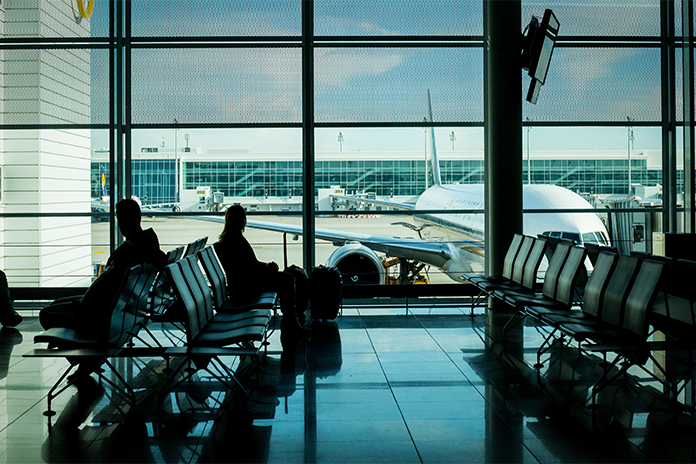Living with hidden disabilities is enough of a struggle. Traveling with hidden disabilities can seem almost insurmountable. Thankfully, specialist technology is being used in airports worldwide, creating smart environments that offer independence and peace of mind to travelers with hidden disabilities. Passengers with special needs that range from dementia to autism and vision impairment are benefiting from cutting edge technology and logging some serious frequent flyer miles. What kind of tech are we talking about?
The World’s First Dementia Friendly Airport
Two years ago, London’s Heathrow airport launched a training program designed to acclimate all 76,000 of its employees with the debilitating syndrome. According to the World Health Organization, there are nearly 10 million new dementia cases each year. The latest worldwide numbers are around 50 million.
Unfortunately, the changes were the result of the CAA’s poor rating of its disability support services. Their immediate reaction was to roll out a plan to overhaul its services. It entered into a contract with Omniserv, a company that provides assistance for passengers with special needs. Then it organized training for its entire frontline Special Assistance team based on Alzheimer’s Society courses. The staff members who regularly interact with passengers affected by dementia are known as the frontline Special Assistance team, who are responsible for the following:
- Working with security to ease any anxiety that might occur.
- Providing specially designated quiet lounges in the terminals.
- Issuing lanyards to passengers with hidden disabilities
- Flagging special assistance areas with specialized signage.
A Helping Hand for Autistic Passengers
It is unfortunate to think how many families with members that have autism feel that travel is not an option for them. Think of how chaotic the airport can seem to those of us who are not on the spectrum. In Ireland, Shannon Airport opened a sensory room in its departure lounge, designed for travelers with autism. There is an aquatic bubble tube, an undulated wavy wall, color changing LEDs, and a wheel projector. The entire purpose of the space is to be soothing. Anyone who feels they need support just needs to wear a cap or wristband that makes them easily identifiable to staff. There are even pre-arranged tours families can attend in advance of their travel day.
Accommodating Blind and Low-Vision Travelers
Wearable smart-glasses and smart-phone cameras provide a live view of surroundings, crowd flow, signage or other objects from the traveler perspective. Passengers flying from Memphis International, Minneapolis-St. Paul International, George Bush Intercontinental and William P. Hobby have partnered with technology company Aira, whose agents guide travelers via the company’s app. With that gathered data, agents are able to provide a real-time narrative, using an augmented reality dashboard. At the very least, it facilitates navigation through the airport. However, it can also assist with flight information, arranging transportation and locating and identifying baggage.
Not every solution has to be high-tech. India’s Visakhapatnam Airport employs something called tactile paving. In other words, blind and low-vision travelers rely on a built-in pattern in the pavement to avoid any obstacles or navigate turns.
